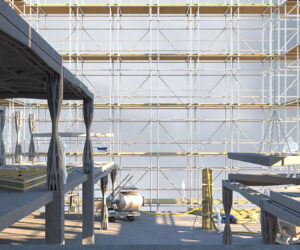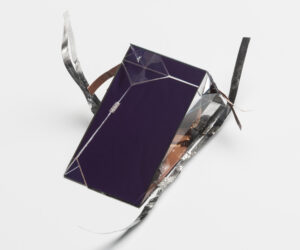ANU’s Frank Fenner Building
The Frank Fenner Building at the Australian National University (ANU) has become the first building in the ACT to achieve both 6 Star Green Star Office Design and As Built v3 ratings from the Green Building Council of Australia (GBCA). Leading property and construction company Hindmarsh completed the building in 2011.
The achievement of the 6 Star Green Star As Built rating, representing ‘World Leadership’ in sustainable construction, was officially marked this week at a special ceremony attended by ACT Attorney-General and Minister for the Environment and Sustainable Development Simon Corbell, ANU Vice-Chancellor Professor Ian Young AO, as well as Hindmarsh and GBCA representatives.
The Frank Fenner Building houses the Fenner School of Environment and Society, a school dedicated to integrated environmental research and training.
It is part of the $240 million ANU College of Sciences Precinct completed in 2013 for which Hindmarsh was Managing Contractor. In addition to the Frank Fenner Building, the precinct also incorporates the Teaching, Chemistry, Biosciences, Wes Whitten, Hancock West and Central Plant Buildings.
Hindmarsh State Manager Construction ACT David Colbertaldo said Hindmarsh has forged a long term partnership with the ANU.
“Hindmarsh is proud to have delivered a project that stands at the forefront of environmental performance in a national and international context. Our long term partnership with the ANU has seen the creation of numerous innovative educational and research facilities that help position the university among the world’s leading institutions,” Mr Colbertaldo said.
“A Green Star ‘Design’ rating requires a commitment to innovation and a holistic approach to green building design. By reinforcing this commitment with a Green Star ‘As Built’ rating, ANU and Hindmarsh have confirmed that the sustainable design intentions were implemented during the construction process,” says the GBCA’s Chief Executive, Romilly Madew.
“Hindmarsh is to be congratulated for being the first project team to achieve World Leadership status for construction in Round 1 of the Green Star submission process,” Ms Madew added.
A photovoltaic system installed on the roof generates up to 43,800kWh of electricity annually, making the building as close to carbon zero as possible. Motion sensors and daylight dimming reduces the lighting energy consumption, while a blackwater recycling system captures all waste water.


